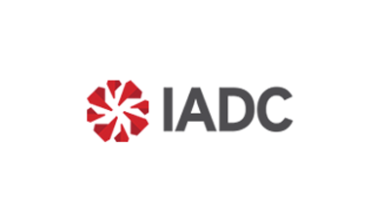Statoil’s Øystein Arvid Håland to lead 2013 SPE/IADC Drilling Conference
By Joanne Liou, editorial coordinator

Øystein Arvid Håland, senior vice president of drilling and well activity at Statoil, will chair the 2013 SPE/IADC Drilling Conference, to be held 5-7 March in Amsterdam. The announcement was made by 2012 Drilling Conference chair Julie Robertson, executive vice president and corporate secretary of Noble Corp, on 8 March in San Diego, Calif.
Mr Håland has been with Statoil since 1979 and started out as a drilling engineer. He earned a degree in petroleum engineering from Rogaland Regional College in Stavanger.
Speaking on behalf of Mr Håland, who was not able to attend, Eirik Svangtun, vice president drilling and well technology at Statoil, invited this year’s participants and their colleagues to attend next year’s conference. In praising the quality of technical presentations and the exhibition, Mr Svangtun congratulated the Program Committee and supporting staff and expressed his hope to surpass the success of this year’s conference.





